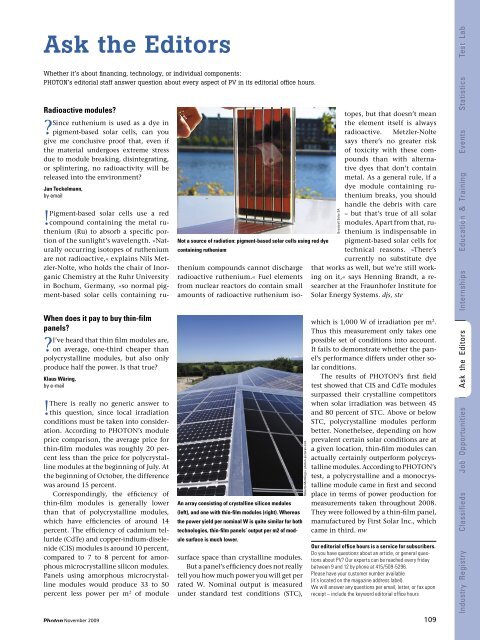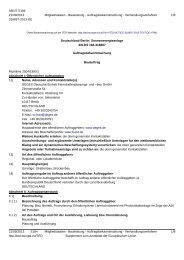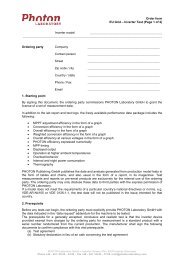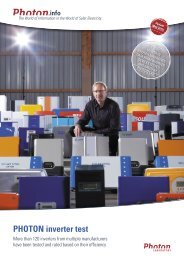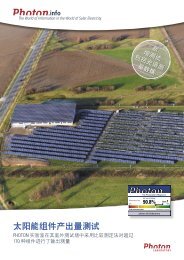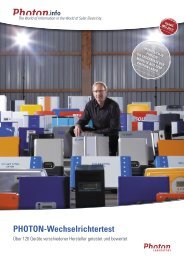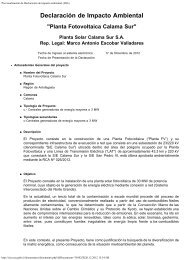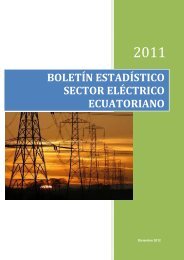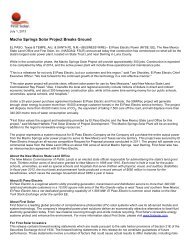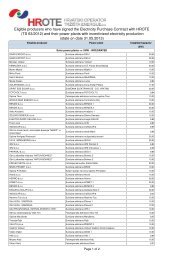INTRODUCTORY SPECIAL INTRODUCTORY ... - PHOTON Info
INTRODUCTORY SPECIAL INTRODUCTORY ... - PHOTON Info
INTRODUCTORY SPECIAL INTRODUCTORY ... - PHOTON Info
You also want an ePaper? Increase the reach of your titles
YUMPU automatically turns print PDFs into web optimized ePapers that Google loves.
Ask the Editors<br />
Whether it’s about fi nancing, technology, or individual components:<br />
<strong>PHOTON</strong>’s editorial staff answer question about every aspect of PV in its editorial offi ce hours.<br />
Radioactive modules?<br />
?<br />
Since ruthenium is used as a dye in<br />
pigment-based solar cells, can you<br />
give me conclusive proof that, even if<br />
the material undergoes extreme stress<br />
due to module breaking, disintegrating,<br />
or splintering, no radioactivity will be<br />
released into the environment?<br />
Jan Teckelmann,<br />
by email<br />
!<br />
Pigment-based solar cells use a red<br />
compound containing the metal ruthenium<br />
(Ru) to absorb a specifi c portion<br />
of the sunlight’s wavelength. »Naturally<br />
occurring isotopes of ruthenium<br />
are not radioactive,« explains Nils Metzler-Nolte,<br />
who holds the chair of Inorganic<br />
Chemistry at the Ruhr University<br />
in Bochum, Germany, »so normal pigment-based<br />
solar cells containing ru-<br />
When does it pay to buy thin-film<br />
panels?<br />
? I’ve heard that thin fi lm modules are,<br />
on average, one-third cheaper than<br />
polycrystalline modules, but also only<br />
produce half the power. Is that true?<br />
Klaus Wäring,<br />
by e-mail<br />
! There is really no generic answer to<br />
this question, since local irradiation<br />
conditions must be taken into consideration.<br />
According to <strong>PHOTON</strong>’s module<br />
price comparison, the average price for<br />
thin-fi lm modules was roughly 20 percent<br />
less than the price for polycrystalline<br />
modules at the beginning of July. At<br />
the beginning of October, the difference<br />
was around 15 percent.<br />
Correspondingly, the effi ciency of<br />
thin-fi lm modules is generally lower<br />
than that of polycrystalline modules,<br />
which have effi ciencies of around 14<br />
percent. The effi ciency of cadmium telluride<br />
(CdTe) and copper-indium-diselenide<br />
(CIS) modules is around 10 percent,<br />
compared to 7 to 8 percent for amorphous<br />
microcrystalline silicon modules.<br />
Panels using amorphous microcrystalline<br />
modules would produce 33 to 50<br />
percent less power per m2 of module<br />
Not a source of radiation: pigment-based solar cells using red dye<br />
containing ruthenium<br />
thenium compounds cannot discharge<br />
radioactive ruthenium.« Fuel elements<br />
from nuclear reactors do contain small<br />
amounts of radioactive ruthenium iso-<br />
An array consisting of crystalline silicon modules<br />
(left), and one with thin-fi lm modules (right). Whereas<br />
the power yield per nominal W is quite similar for both<br />
technologies, thin-fi lm panels’ output per m2 of module<br />
surface is much lower.<br />
surface space than crystalline modules.<br />
But a panel’s effi ciency does not really<br />
tell you how much power you will get per<br />
rated W. Nominal output is measured<br />
under standard test conditions (STC),<br />
topes, but that doesn’t mean<br />
the element itself is always<br />
radioactive. Metzler-Nolte<br />
says there’s no greater risk<br />
of toxicity with these compounds<br />
than with alternative<br />
dyes that don’t contain<br />
metal. As a general rule, if a<br />
dye module containing ruthenium<br />
breaks, you should<br />
handle the debris with care<br />
– but that’s true of all solar<br />
modules. Apart from that, ruthenium<br />
is indispensable in<br />
pigment-based solar cells for<br />
technical reasons. »There’s<br />
currently no substitute dye<br />
that works as well, but we’re still working<br />
on it,« says Henning Brandt, a researcher<br />
at the Fraunhofer Institute for<br />
Solar Energy Systems. djs, ste<br />
which is 1,000 W of irradiation per m 2 .<br />
Thus this measurement only takes one<br />
possible set of conditions into account.<br />
It fails to demonstrate whether the panel’s<br />
performance differs under other solar<br />
conditions.<br />
The results of <strong>PHOTON</strong>’s fi rst fi eld<br />
test showed that CIS and CdTe modules<br />
surpassed their crystalline competitors<br />
when solar irradiation was between 45<br />
and 80 percent of STC. Above or below<br />
STC, polycrystalline modules perform<br />
better. Nonethelsee, depending on how<br />
prevalent certain solar conditions are at<br />
a given location, thin-fi lm modules can<br />
actually certainly outperform polycrystalline<br />
modules. According to <strong>PHOTON</strong>’s<br />
test, a polycrystalline and a monocrystalline<br />
module came in fi rst and second<br />
place in terms of power production for<br />
measurements taken throughout 2008.<br />
They were followed by a thin-fi lm panel,<br />
manufactured by First Solar Inc., which<br />
came in third. nw<br />
November 2009 109<br />
Roberto Mettifogo / photon-pictures.com<br />
Greatcell Solar SA<br />
Our editorial offi ce hours is a service for subscribers.<br />
Do you have questions about an article, or general questions<br />
about PV? Our experts can be reached every friday<br />
between 9 and 12 by phone at 415/509-5296.<br />
Please have your customer number available<br />
(it’s located on the magazine address label).<br />
We will answer any questions per email, letter, or fax upon<br />
receipt – include the keyword editorial offi ce hours<br />
Industry Industry Registry Classifieds Job Opportunities Ask As the Editors Internships Education Education Educatio Educatio & Training Events Statistics Test Lab


